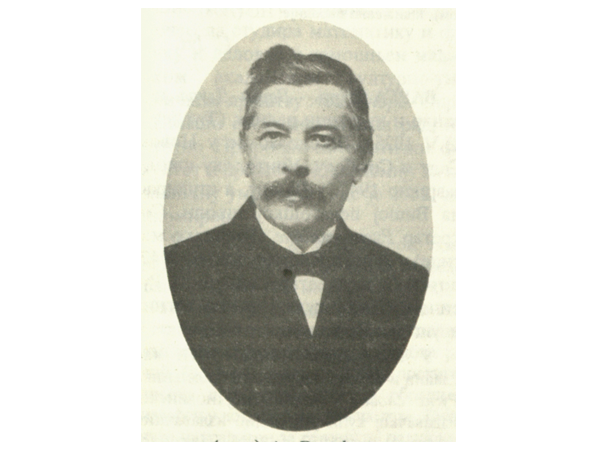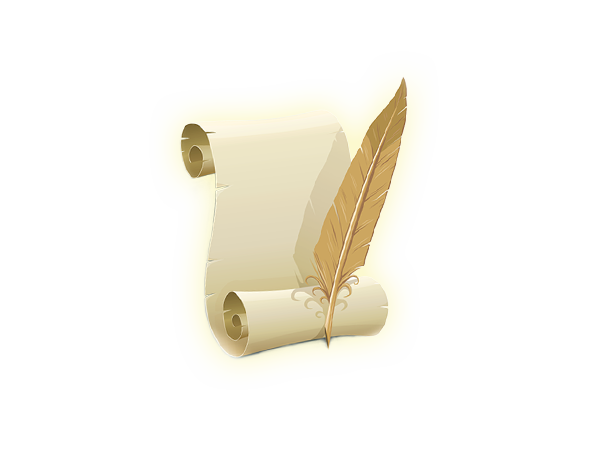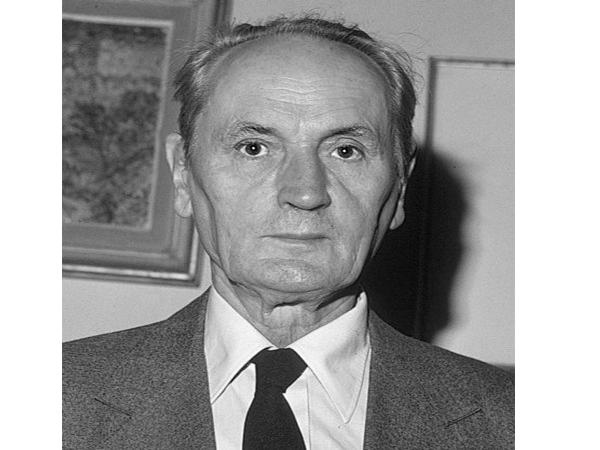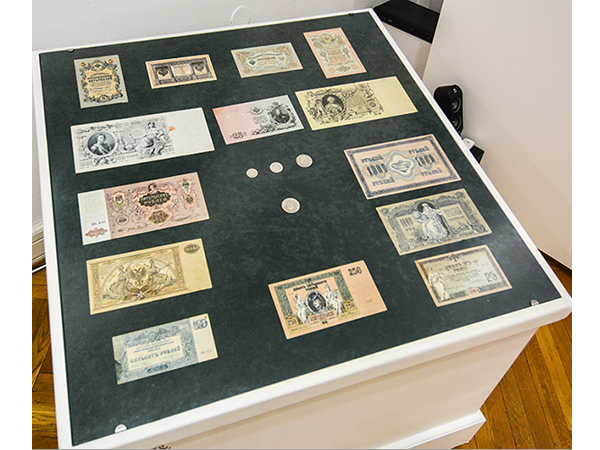
Teacher, social and cultural worker. Born on 1st Jan.1844. in Velika Kikinda, died on 18th Jun 1922. in Novi Sad. He graduated from Elementary school and Imperial-Royal Elementary Real School in Velika Kikinda, Trading school in Pesta, and afterwards Teaching School in Sombor and in 1864. he became a teacher in Velika Kikinda. Most important parts of his work is connected to Novi Sad. In 1874. he was a techer and principal in Novi Sad`s Female High school. In 1889. he founded Serbian teachers` Convict for children of teachers from Novi Sad. He founded Techers`association "Natosevic". Elected for Secretary of "Srpkinja Novosatkinja" charity. 1886. founded "Ženski svet" (Woman`s World) and edited it until the WWI. At the beginning of the war, on his iniciative a hospital was founded. On 1910-1911 was a Secretary of Matica srpska. On 1910 he edited a calendar of "Zenski svet" and from 1921 he began to work on Teacher`s news (Učiteljski vesnik). Associate on "Srpsko kolo" i "Branik", and few other magazines. Elected for senator in 1892 on the teritory of Sent Miklus. He was married to Beta (born Stefanovic) and had a doughter Vida (married Vulko).



